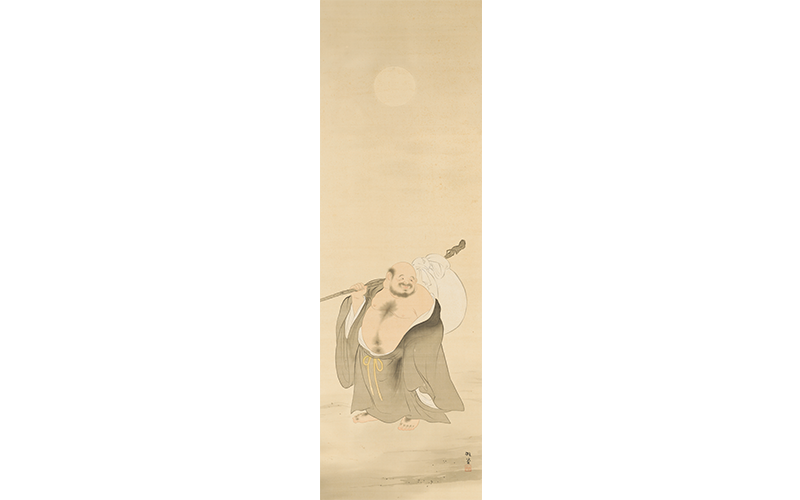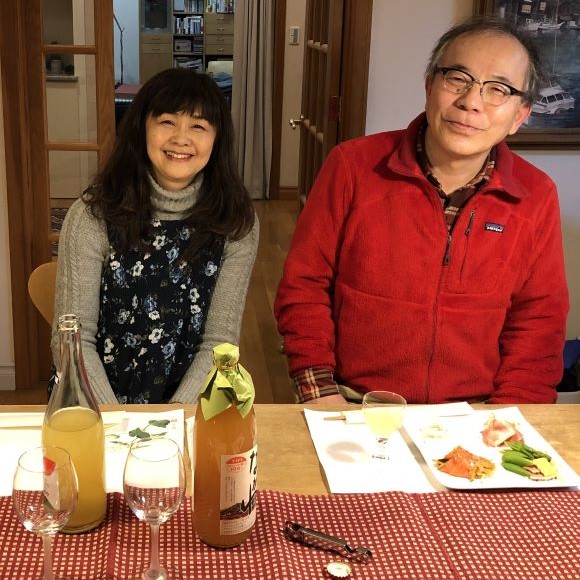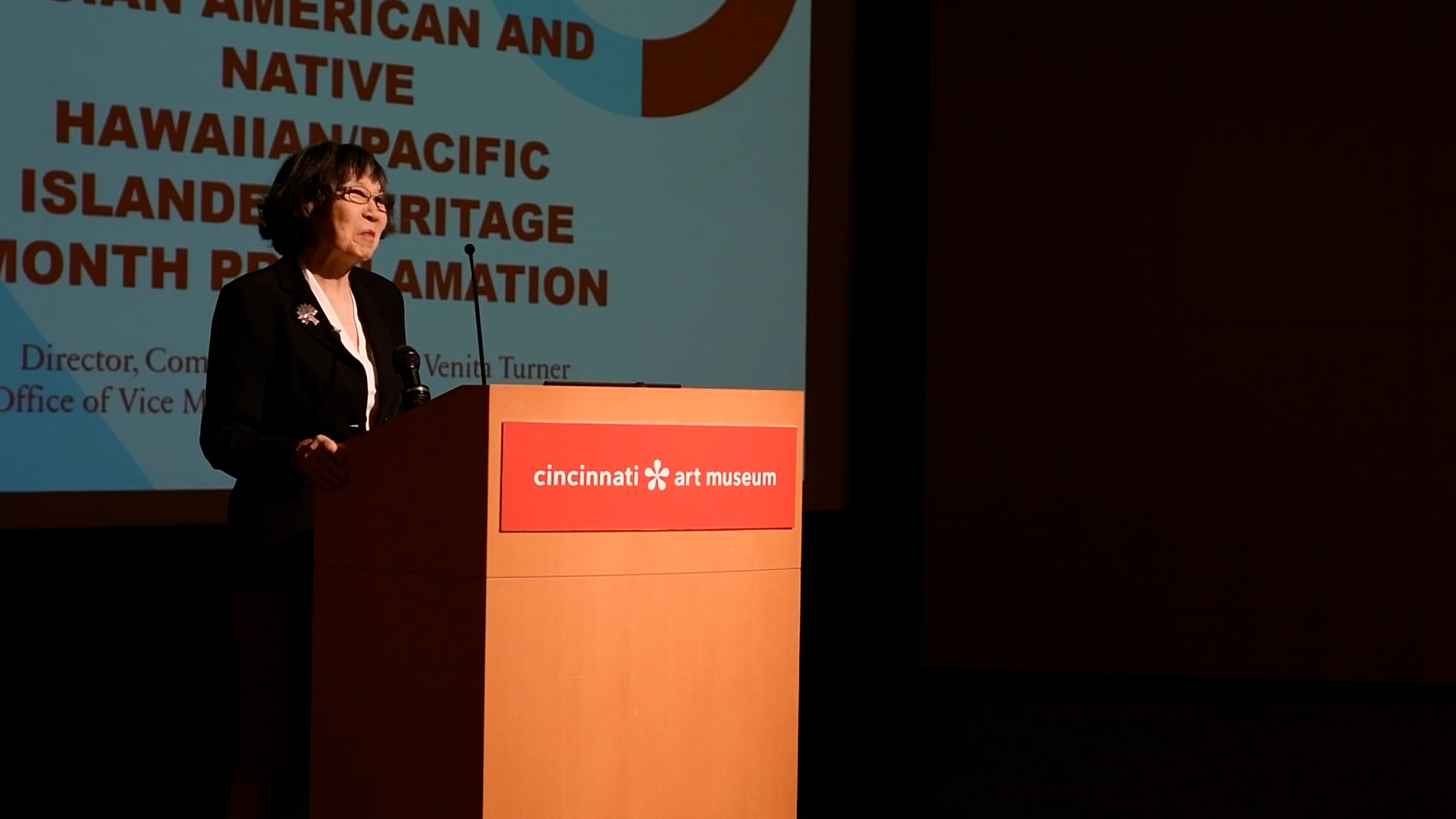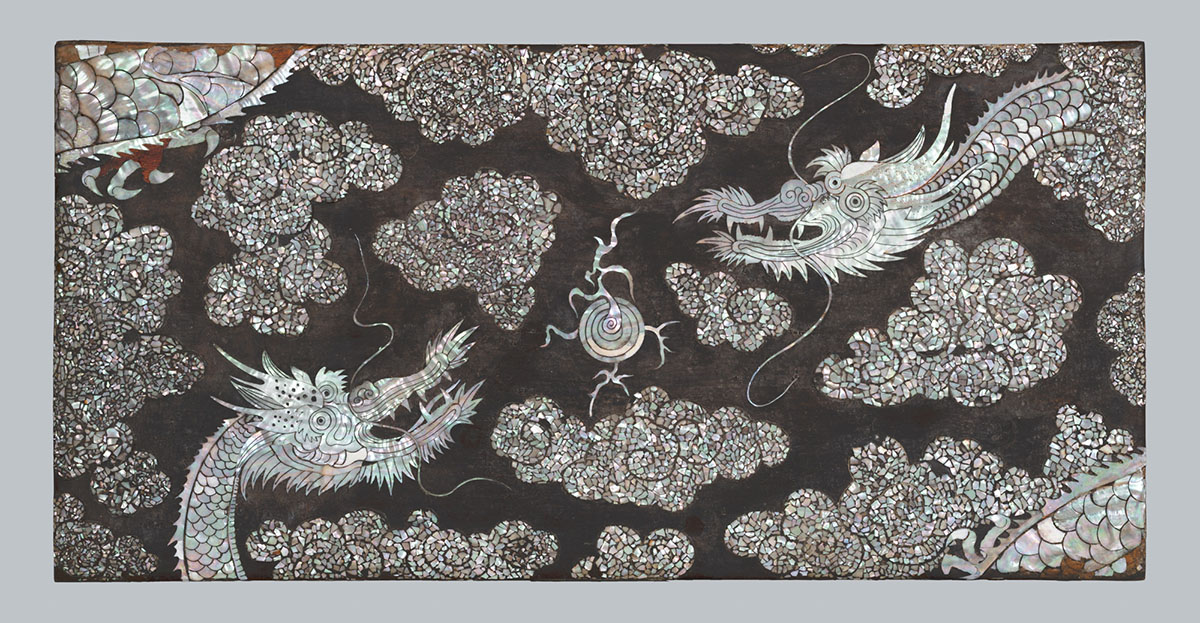- Events & Programs Home
- Calendar
- Accessibility
- Adults
-
Families & Teens
- Families & Teens Home
- 10x10 Teen Art Expo
- Art on the Rise
- Art Together: Art Making for Families with Children Ages 3–5
- Babies Sing with May Festival Minis
- Boy Scouts / Girl Scouts
- CAM Kids Day
- Family Storytime and Gallery Walk
- Family Studio: Art Making for Families with Children Ages 6–12
- Games in the Galleries
- Members-Only Baby Tours
- Public Baby Tours
- REC Reads
- Rosenthal Education Center (REC)
- Saturday Morning Art Class
- See Play Learn Kits
- Summer Camp
- Teen Fest: Zine and Comic Exchange
- RECreate
- Teachers
- Community Outreach
- Fundraisers
- Plan Your Own Event

- Events & Programs Home
- Calendar
- Accessibility
- Adults
-
Families & Teens
- Families & Teens Home
- 10x10 Teen Art Expo
- Art on the Rise
- Art Together: Art Making for Families with Children Ages 3–5
- Babies Sing with May Festival Minis
- Boy Scouts / Girl Scouts
- CAM Kids Day
- Family Storytime and Gallery Walk
- Family Studio: Art Making for Families with Children Ages 6–12
- Games in the Galleries
- Members-Only Baby Tours
- Public Baby Tours
- REC Reads
- Rosenthal Education Center (REC)
- Saturday Morning Art Class
- See Play Learn Kits
- Summer Camp
- Teen Fest: Zine and Comic Exchange
- RECreate
- Teachers
- Community Outreach
- Fundraisers
- Plan Your Own Event
Blog: CAM Uncovered
Blog: CAM Uncovered
- Home
- Plan Your Visit
- Art
-
Events & Programs
- Events & Programs Home
- Calendar
- Accessibility
- Adults
-
Families & Teens
- Families & Teens Home
- 10x10 Teen Art Expo
- Art on the Rise
- Art Together: Art Making for Families with Children Ages 3–5
- Babies Sing with May Festival Minis
- Boy Scouts / Girl Scouts
- CAM Kids Day
- Family Storytime and Gallery Walk
- Family Studio: Art Making for Families with Children Ages 6–12
- Games in the Galleries
- Members-Only Baby Tours
- Public Baby Tours
- REC Reads
- Rosenthal Education Center (REC)
- Saturday Morning Art Class
- See Play Learn Kits
- Summer Camp
- Teen Fest: Zine and Comic Exchange
- RECreate
- Teachers
- Community Outreach
- Fundraisers
- Plan Your Own Event
- Give & Join
- About
- Tickets
- Calendar
- Exhibitions
- Collections
- Blog
- Shop
The Legend of the Laughing Buddha
by Lynne Pearson, Curatorial Assistant, East Asian Art
8/25/2021
Laughing Buddha , Seven Lucky Gods , Hotei , East Asian Art , Walter and Vanida Davison , Hou-Mei Sung , Enduring Beauty: East Asian Lacquer , Tsuchiya Gado , prints

Tsuchiya Gado (active 20th century), Japan, Portrait of Hotei (detail), 20th century, hanging scroll, ink and color on silk, Gift of Walter and Vanida Davison, 2021.11

Tsuchiya Gado (active 20th century), Japan, Portrait of Hotei, 20th century, hanging scroll, ink and color on silk, Gift of Walter and Vanida Davison, 2021.11
While working remotely during the pandemic, the East Asian Art department completed several exciting projects. In addition to producing the catalog Enduring Beauty: East Asian Lacquer, Hou-mei Sung, Curator of East Asian Art and I accessioned several interesting donations to the collection.
Earlier this year, longtime donors Walter and Vanida Davison gifted the Art Museum this beautiful 20th century Japanese painting depicting the Buddhist deity Hotei from their family art collection. Hou-mei was able to identify the artist as Tsuchiya Gado, a Japanese artist active in the Meiji era (1868—1912) with few surviving paintings today.
Hotei was a legendary Chinese monk who lived around the 10th century. His name translates to "cloth sack," referring to the bag of possessions he carries. He is distinguished from other Buddhist deities by his happy personality and eccentric wandering lifestyle. In Japan, Hotei became one of the “Seven Lucky Gods”, symbolizing prosperity and abundance. He is also popularly known as the “Laughing Buddha” due to his laughing or smiling countenance.
In this scroll, Hotei is depicted as a large-bellied monk with a smiling face, wearing a loose robe, and carrying a large sack tied to a walking stick over his shoulder. The striking image of Hotei done by this artist who has few surviving works makes a fascinating addition to Art Museum’s collection.
Related Blog Posts


Cincinnati, OH 45202
Toll Free: 1 (877) 472-4226
Museum Hours
Museum Shop
Terrace Café
Library
Cincinnati Art Museum is supported by the tens of thousands of people who give generously to the annual ArtsWave Campaign, the region's primary source for arts funding.

Free general admission to the Cincinnati Art Museum is made possible by a gift from the Rosenthal Family Foundation. Exhibition pricing may vary. Parking at the Cincinnati Art Museum is free.
Generous support for our extended Thursday hours is provided by Art Bridges Foundation’s Access for All program.

General operating support provided by:




